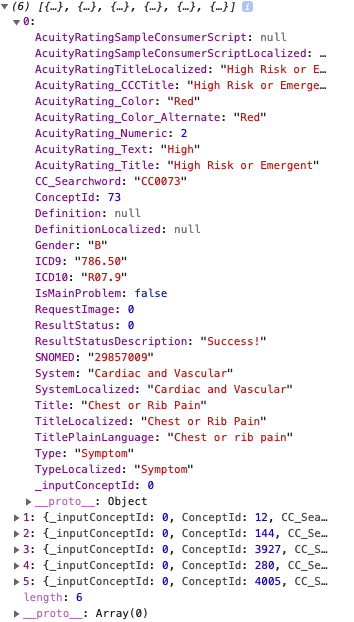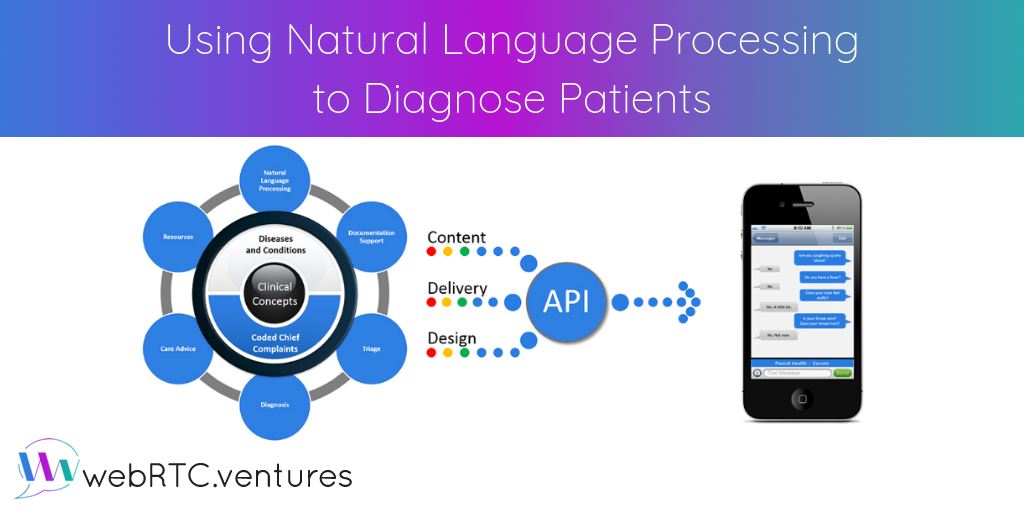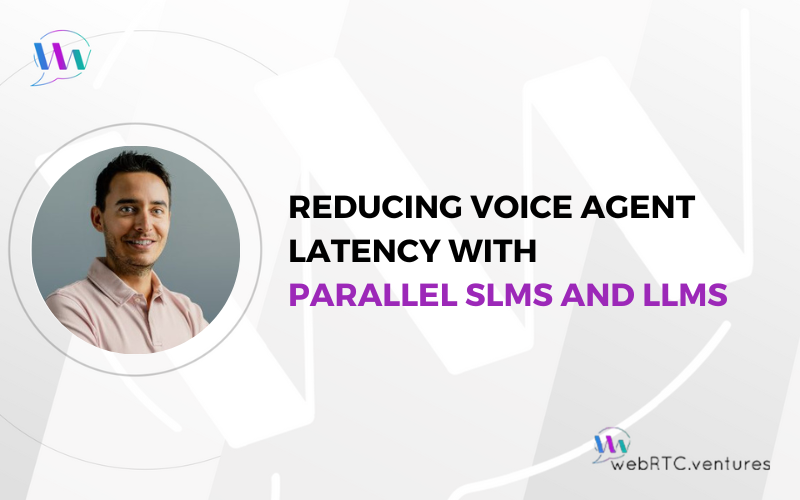Natural language processing (NLP) is a revolutionary technology that allows users to communicate and interface with a computer through the most natural and efficient means known to mankind: speech. NLP uses core concepts from computer science and linguistics to break down sentence structure and categorize words into the eight parts of speech. The computer then uses models such as trees to comprehend the meaning behind each sentence. “Who is Doctor Who?” could confuse the computer because the last word is both a pronoun and a noun. Here, computer science uses crowd-sourced data and other rules to decipher that Doctor Who is a noun.
Systems created by Amazon, Google, and Apple are adept at speech recognition and speech synthesis methods. It makes a lot of sense to invest in a functional NLP engine to process user queries and commands efficiently.
How great would it be to develop an NLP system that accurately diagnoses health issues? What if your computer acted as your triage doctor, affording you increased convenience, speed, and accessibility? Luckily, Health Navigator has a system for this with an easy-to-use API.
Integrating the Health Navigator NLP API with your telehealth platform
In this blog post, we’ll show you how to create a simple web interface to (1) record a user’s description of their health issue, including their age and sex, and (2) pass that description along to the Health Navigator API. Here’s what such an interface might look like:

The information above makes a call to the API with these parameters.
Complaint: my stomach hurts and i feel dizzy also my heart hurts also my left arm is hurting
Age: 8030 days (22 years)
Gender: Male
When we punch in this request, we get the following response:

The payload that Health Navigator’s API receives contains an array of objects, each of which contain a possible diagnosis. These objects include several keys of interest:
- The Title and TitlePlainLanguage, which describe the diagnosis in language that humans understand
- The Acuity, which takes on values between 1 (most serious) and 5 (least serious)
- The System, which classifies the organs that the given symptoms affect

Final thoughts
This is a very simple demo of what’s possible with the Health Navigator NLP API. Beyond what we see here, Health Navigator has extended APIs to display further information about symptoms and possible treatments and to calculate triage scores, which calculate the severity of the patient’s condition and offer treatment recommendations. These APIs and many more can be used to create a truly intelligent and autonomous solution for patient care.
Next week, we will integrate this API to our telehealth starter kit to see what a possible solution could look like. Stay tuned!











